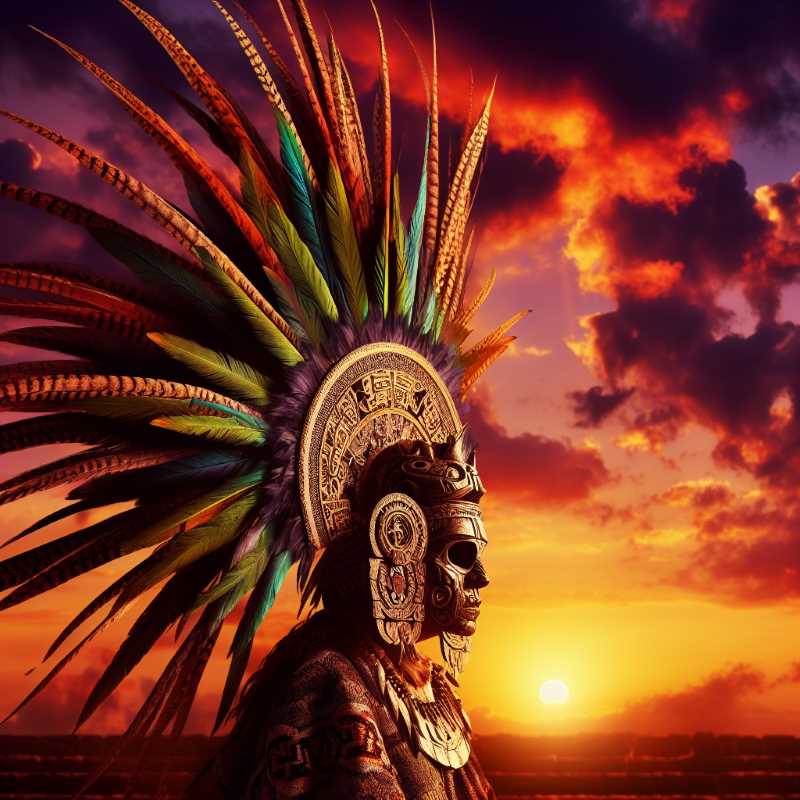A Tour of the Aztec Pantheon's Most Outrageous Deities
The Aztecs had a diverse and fascinating religion that blended beliefs from different eras and cultures. Aztec priests blended these diverse beliefs into a cohesive system that influenced everything from politics to weather forecasts.

The Aztecs had a religious pantheon poached from different eras and cultures, like a Mesoamerican tapas bar of the divine. Imagine Olmec oldies like Tlaloc the rainmaker rubbing elbows with Teotihuacan hipsters like Xochipilli, the flower-loving art prince. Throw in some nomadic Chichimecs with their “hummingbird of the left” god, Huitzilopochtli, and you've got a party wilder than a Xipe Totec flaying ceremony (don't ask, it involves sacrifice and skin-suits).
This wasn't some chaotic jumble, though. Aztec priests were the master bartenders, blending these diverse beliefs into a potent cocktail that fueled their empire. Myths of creation were like origin stories from different tribes woven into a single epic tapestry. Quetzalcoatl, the Feathered Serpent, slithered between eras, a shapeshifter god who could be both benevolent creator and vengeful warrior. And at the top of the celestial pyramid sat Ometeotl, the dual deity, like a cosmic yin and yang, reminding everyone that even gods couldn't escape a good bit of duality.




